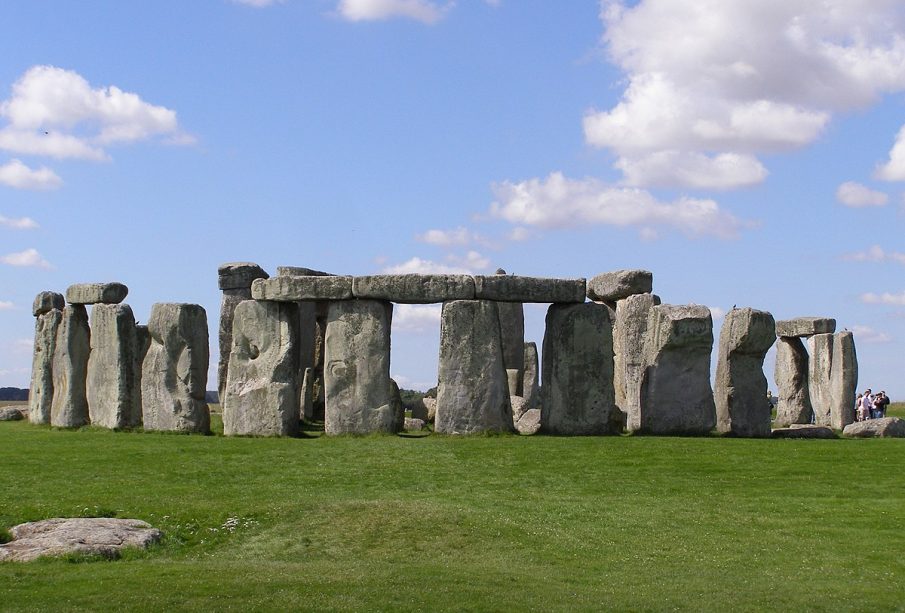Exploring the Mysteries of Stonehenge

Introduction to Stonehenge
Stonehenge, a prehistoric monument located in Wiltshire, England, is one of the most iconic and enigmatic structures in the world. Constructed around 2500 BC, this stone circle is not just a remarkable architectural feat but also a site rich in archaeological and historical significance. Its existence raises profound questions about the Neolithic people who built it, their beliefs, and their understanding of astronomy and the landscape.
The Historical Significance of Stonehenge
Stonehenge is thought to have been a ceremonial site, possibly used for rituals related to death and burial. Excavations have revealed that numerous burial mounds in the surrounding landscape were used to inter the deceased during the Neolithic period. Additionally, the arrangement of the stones aligns with the movements of the sun, particularly during the summer and winter solstices, indicating that the ancients may have possessed a sophisticated understanding of astronomy.
Recent studies have also suggested that Stonehenge’s construction involved a complex organisation of labor and resources. Researchers believe that the stones were transported from as far away as Wales, showcasing the incredible engineering skills and community cooperation of the time.
Recent Developments and Research
In recent years, archaeologists have continued to explore the area around Stonehenge, uncovering additional sites and artifacts that contribute to our understanding of this ancient wonder. In 2021, a series of discoveries, including ancient pits and remnants of other ceremonial structures, were found in proximity to Stonehenge, offering new insights into the social and cultural practices of Neolithic society.
Moreover, the site is undergoing constant preservation efforts with a focus on protecting it from the impacts of climate change and increased tourism. The UK government and heritage organizations are actively working to mitigate these challenges, ensuring that Stonehenge remains intact for future generations to appreciate.
Conclusion: The Continuing Legacy of Stonehenge
As an enduring symbol of prehistoric ingenuity and spirituality, Stonehenge continues to captivate scholars, tourists, and enthusiasts alike. Its rich history and ongoing research highlight its significance as a cultural heritage site and a testament to human achievement. The mysteries surrounding Stonehenge are still being unraveled, promising further fascinating discoveries in the years to come.
As we delve deeper into the past, it is essential to maintain awareness of the importance of protecting such historical sites, not only for their ancient allure but also for their role in connecting us to our shared human history.









